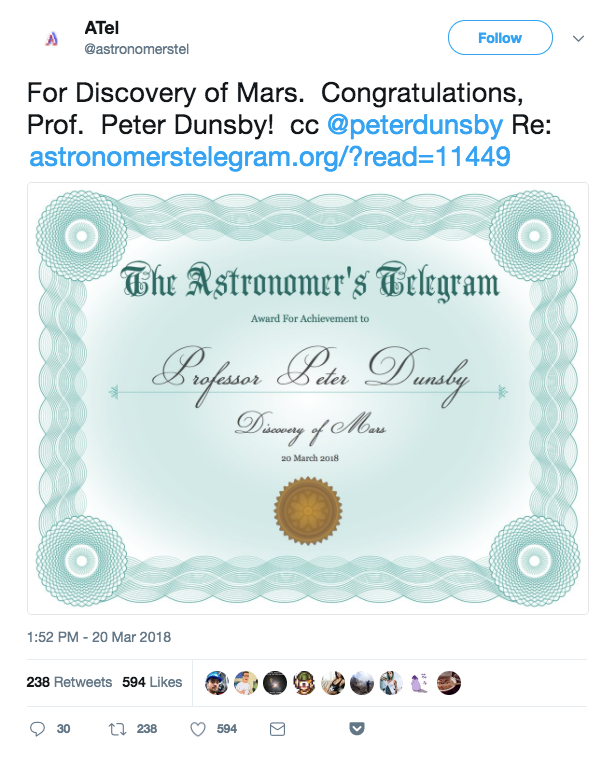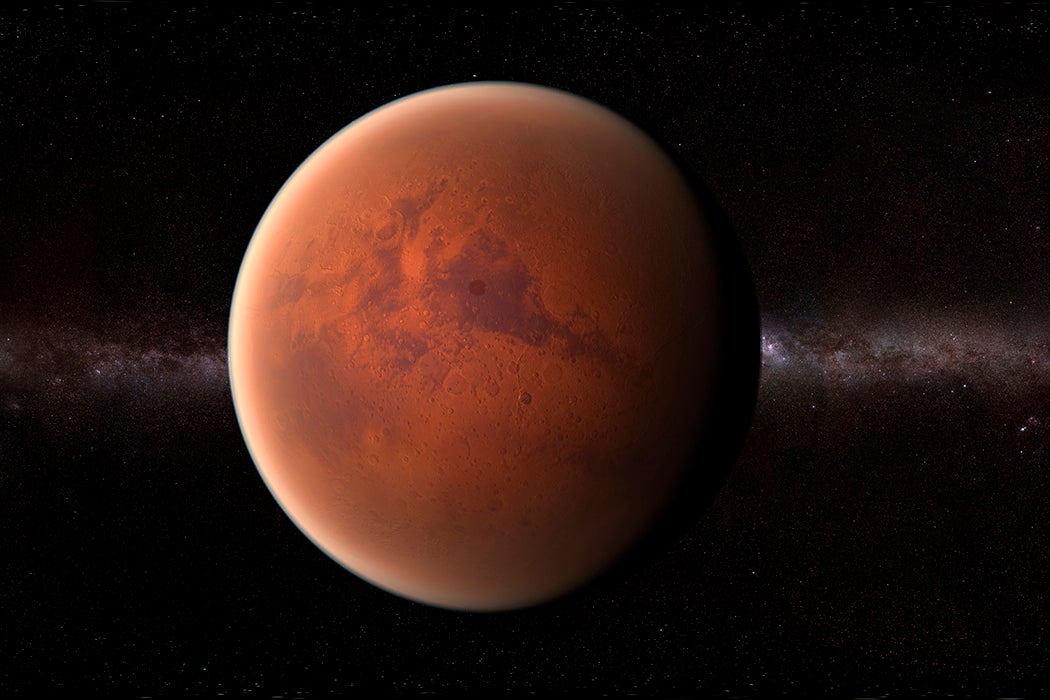On March 20th, 2018, Cape Town Astronomy professor Peter Dunsby made the discovery of a lifetime. Briefly. Whilst stargazing, Professor Dunsby noticed a new, bright object in the sky. Excited, he reported it to an astronomical message board for new discoveries. One little problem: the object was Mars. Everyone, including a sheepish Dunsby, had a good laugh, but it’s actually an illustrative story. Sometimes, amazing discoveries don’t quite work out the way the discoverer hopes they will.

As reported by S. Blair Hedges and Mary Schweitzer in Science, back in 1994 a team of paleontologists led by Scott Woodward found some small bone chunks that dated to the mid-Cretaceous, around 80 million years ago. The bones likely belonged to a small dinosaur. Woodward then really knocked the socks off the paleontology community by demonstrating that he had isolated DNA from the bones. It was the first time anyone had isolated DNA from a fossil so ancient, and the first dinosaur DNA on record. It was like a real-life Jurassic Park…or at least Cretaceous Genome.
But the DNA was strange. The incomplete sequences did not correspond to any known organism. Dinosaurs were not aliens; there should have been some genetic overlap with some living creature. Upon further analysis, Blair and Hedges concluded that the DNA actually belonged to a human, presumably someone who handled the bone. The sequences were very small, and the human sequence was highly degraded, so contamination, a major risk in DNA studies, went unnoticed. To date, nobody has conclusively isolated dinosaur DNA.
Just one year later, a team led by geologist David McKay made an even more earthshaking discovery. Examining a Martian meteorite originally discovered in Antartica in 1984, they concluded that parts of its structure resembled fossilized bacteria and structures produced by bacteria. They announced that they had discovered extraterrestrial life. President Clinton and Vice President Gore were briefed. Congress was briefed. Millions of dollars were dedicated to further analysis of meteorite ALH84001.
The result? Alternative explanations were discovered for much of the McKay team’s evidence. For one thing, McKay’s microfossils were much smaller than any known bacteria, and probably have a geological rather than biological origin. Some researchers concluded that the meteorite had been contaminated with Earth material. After two years of intensive study, few experts believed that ALH84001 provided proof of life on Mars. That said, the Mars theory has not been totally disproved. The doubters are more numerous, but the debate continues. Even if concrete evidence is still elusive, past microscopic life on Mars remains a possibility.
While these “discoveries” may not have been what everyone hoped they were, there were some positive takeaways. Spectacular results get spectacular scrutiny, and both of these studies inspired better techniques and directly generated more science. Researchers continue to search for dinosaur DNA. Geologists learned a lot about microscopic geological processes. And the world is much better prepared to recognize evidence of extraterrestrial life. Far from embarrassments, these cases really show the scientific process working properly.







